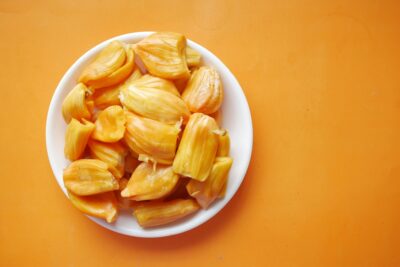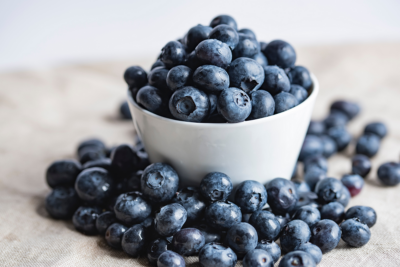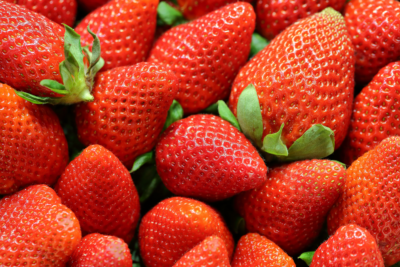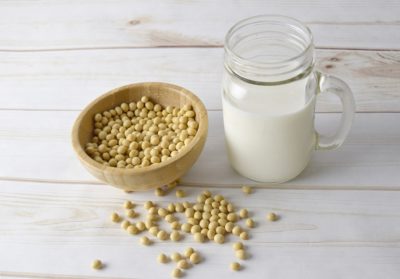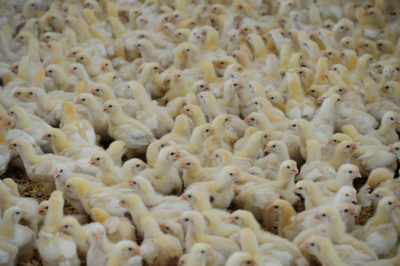Leather is not just a by-product of the meat industry, it’s a profitable trade in itself, and is worth billions
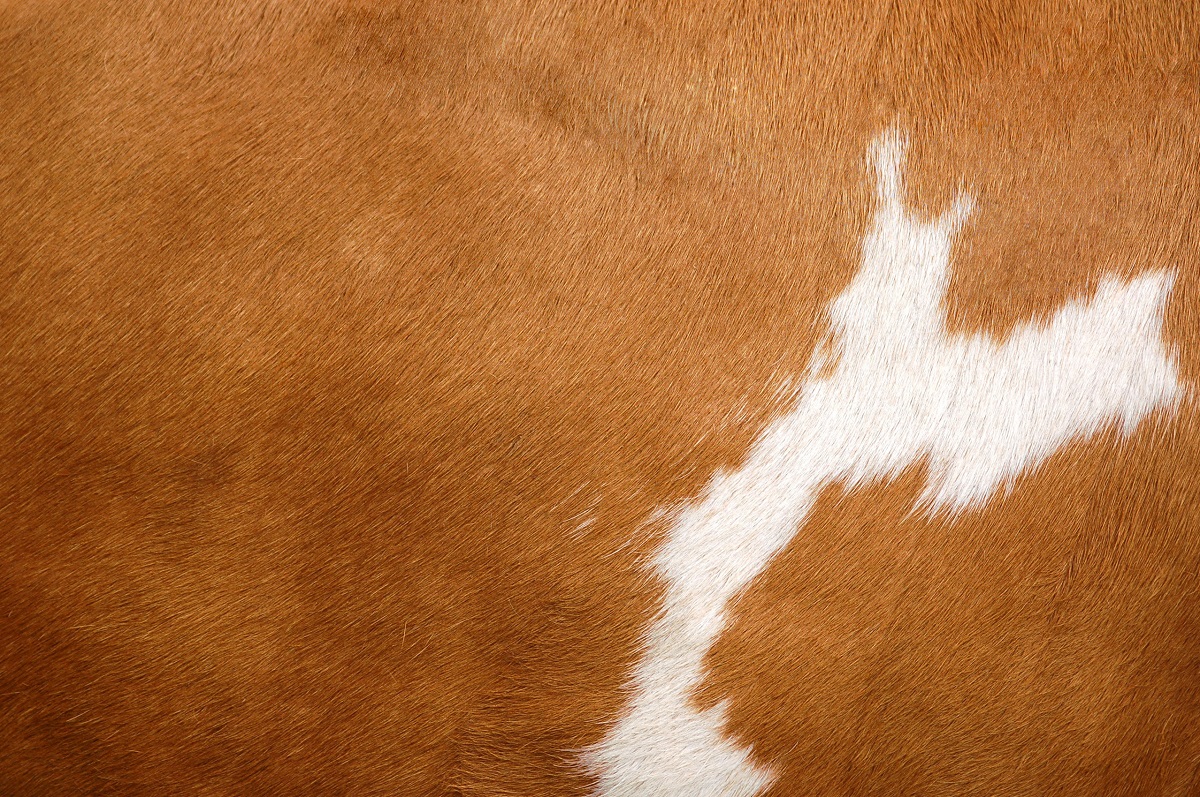
In some cases, notably in ostrich farming where the skin is worth four times the value of the meat, it is leather that is the main trade, and meat the by-product.
Much of the softest leather comes from newborn or even unborn calves who are cut from their mother’s womb. Or it may come from the same veal calves that very few people are comfortable eating. Often, it is from countries where animals are slaughtered without stunning.
Although there is usually no indicator on leather goods to show either the country or the standards in which that animal was raised, nearly half the global leather trade is conducted in developing countries, including Ethiopia, Cambodia and Vietnam.
Goods labelled ‘Italian leather’ were most likely produced elsewhere and just finished in Europe. Among the world’s leading leather producers are South Korea and China where animal protection laws are weak, and India where investigations have shown that the laws are not enforced.
A PETA investigation found that cows are marched to slaughter for days without food or water in direct violation of the Constitution of India. Those who collapse from exhaustion have chilli rubbed into their eyes or their tails broken in an effort to keep them moving.
Besides the obvious suffering involved in the production of leather, it is far from being a wholesome, natural product. Most leather is tanned using chromium, which in some countries, is discharged directly into the water table along with oils, resins, biocides and detergents.
In Bangladesh, the dumping of thousands of litres of untreated water has left the Buriganga river ‘ecologically dead’.
In 2013, Kanpur in India became the country’s largest exporter of leather. Most of its waste water is dumped untreated into the Ganges. Decades of contamination in the air, water and soil and have damaged the health of those who lie nearby. Asthma, eyesight problems and skin discoloration are commonplace.
Tannery workers’ may suffer these ailments and worse. The deaths of tannery workers through suffocation in the toxic air is all too commonly reported. Other workers become blind or their skin becomes blistered. In Bangladesh, children work in the tanneries, which are nothing short of sweat shops.
The leather industry is every bit as bad for animals and the planet as the meat trade. For the tannery workers, it is among the most exploitative, dangerous and damaging trades.




